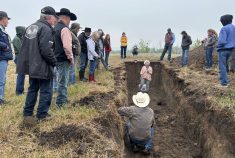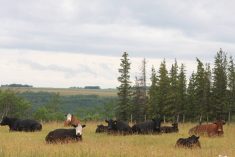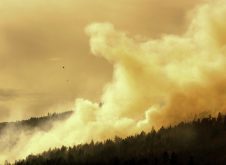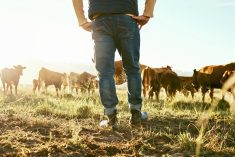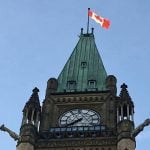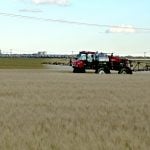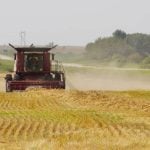On July 5, a young man named Lane from Alberta called into The Ramsey Show, a personal finance podcast and radio show founded by a southern Baptist named Dave Ramsey, who issues fiery sermons against personal debt.
Asked by the show’s hosts how he was doing, Lane said: “Pretty good, pretty good, can’t complain.”
Lane then told the hosts he was calling to thank them for teaching people how to get out of debt and build emergency funds. Because, as it turns out, Lane and his young family were in the midst of a true emergency. The Canada Day tornado had destroyed their home.
Read Also
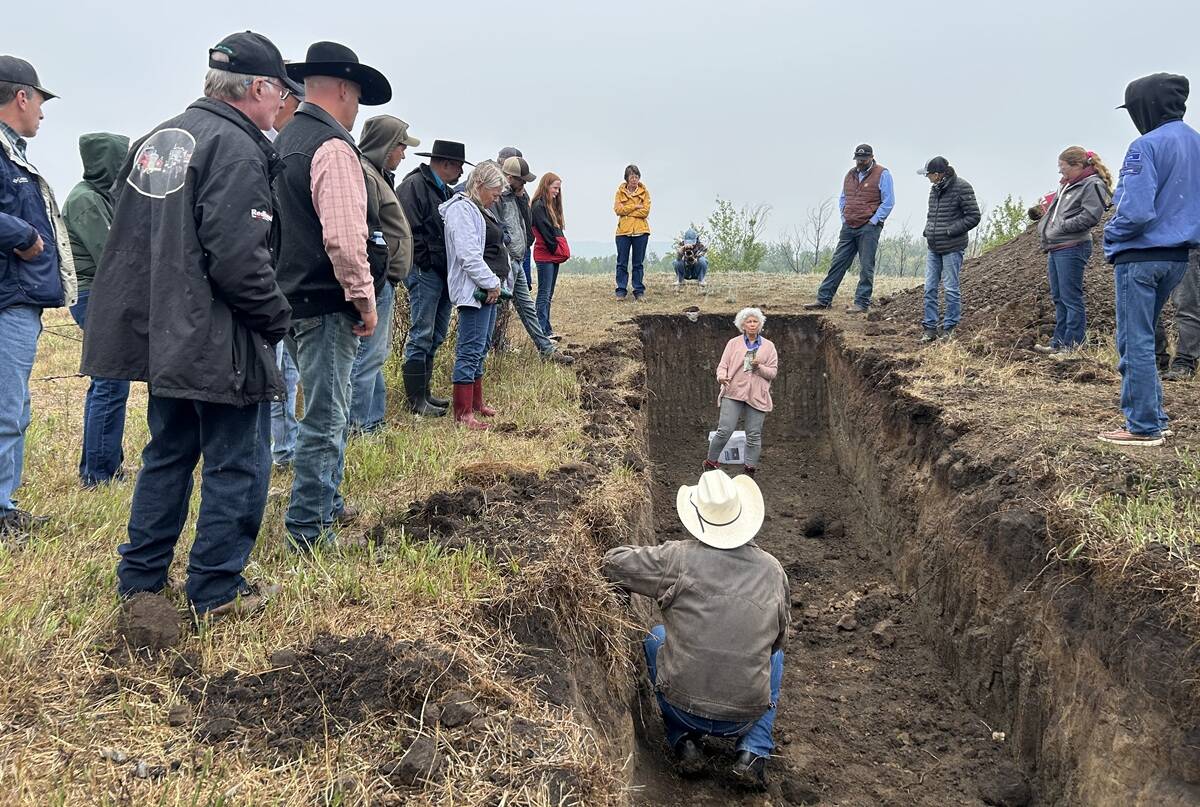
Improving soil health on the ranch
Yamily Zavala, PhD, talks soil health for farmers and ranchers at a grazing club field day at Paradise Hill, Saskatchewan.
That tornado, which passed between Carstairs and Didsbury, was the most powerful tornado seen since the twister that ripped through Edmonton and Strathcona County in 1987, killing 27 people. Fortunately, the Canada Day tornado didn’t injure anyone, but it did destroy three homes, render four others uninhabitable and damage another five. To get an idea of the storm’s strength, it flipped a combine, flung it at least 50 metres and then rolled it another 50 to 100 metres, according to the Northern Tornadoes Project (as quoted by CTV Calgary).
Despite losing his house, Lane said they’d be fine financially — they had an emergency fund, and no debt, other than their mortgage. He credited his mother-in-law with introducing him to the Ramsey approach to personal finance.
“Man, I’m so grateful, because I don’t know where we’d be otherwise,” he said.
This is not an advertisement for the Ramsey system. But if you’ve ever had a crisis land in your lap, you know the last thing you need are other factors compounding it, including financial woes. Finances are a key part of any family’s sustainability, rural or urban, and problems with money are often tied to other issues.
As it happens, I was in Olds, Alta., on Canada Day, for the International Federation of Agricultural Journalists Congress. The multi-day event included two full days of bus tours to various ag stops. Both my bus tours were hosted by Graeme Finn of Union Forage and Southern Cross Livestock. Finn and his wife Heather ranch near Madden, Alta., and were part of the original pilot for what is now the Canadian Roundtable for Sustainable Beef. They are still part of the program today.
Finn told us their ranch’s sustainability practices are driven by profitability — for example, swath grazing to cut diesel consumption. He sees the well-being of the ranch family as the number one priority, followed by the cows and then the land. I don’t think this undermines the importance of the environment, but instead acknowledges that for people to take care of the land and their animals, they need to take care of themselves. This applies to so many situations in life, especially ones that require perseverance. And while money isn’t everything, it’s not nothing.
As readers are aware, environmental and financial sustainability are closely linked. Think of the weather’s effect on your operation. At the time of writing, many parts of the Prairies were parched. It’s probably hard to justify trucking costs for hay for those on good financial footing, but if the bottom line has bottomed out, it’s impossible. That leaves people looking for alternate feeds, getting creative or sending cows to town. Or, depending on the situation, exiting the industry entirely. If you have some reserves, you have more options.
It’s very tough to grind out a living raising cattle, and so anything that increases the financial pressure is, in my opinion, a problem. I can see why beef producers are worried about the possibility of banks having to include Scope 3 emissions and water stress considerations in accounting standards. As Melissa Bezan reports in her story in the August issue of Canadian Cattlemen, people are concerned about the cost and logistics of such a move. I hope the worst-case scenarios don’t come to fruition, but we all know there are cattle being raised responsibly in areas too dry to grow annual crops year in and out. Anything that might restrict producers’ ability to obtain financing in these areas is detrimental to the health of these family operations, and perhaps the land in the long term. Farmers and ranchers need the flexibility to make management decisions that work for their environments, operations and families.
Before hitching business risk management programs or financing to environmental sustainability, consider whether doing the inverse makes sense. Should environmentally beneficial practices that may not enhance every ranch’s profitability be actively discouraged? Is it not paternalistic and impractical to restrict people’s choices in these ways, when they may be able to pencil out a way to make such practices work on their operations? And can we rely on the folks crafting these accounting standards to have the deep knowledge required to understand how and why ranchers and beef farmers adopt certain production practices, how that might vary between regions and the potential synergies between different practices? I know just enough to know I would not want to dictate what people should be doing on their own operations.
Here is what I think I know, right now. Every ranch is like a four-legged stool, and those legs include the people, the cows, the land and the economics. The legs need to be about the same length. If you make one leg way too long, or another way too short, it will collapse under weight.
So, if you’re reading this, and you have any influence on these regulations, or other government policy, please don’t cut the financial legs from under our ranchers. They are already under tremendous pressure.
And if you’re a farmer or rancher struggling with all this, remember that seeking help makes you stronger, not weaker. If you need support, Ag More Than Ever just launched AgKnow.ca, which includes contact info for therapists who understand farming and ranching.




